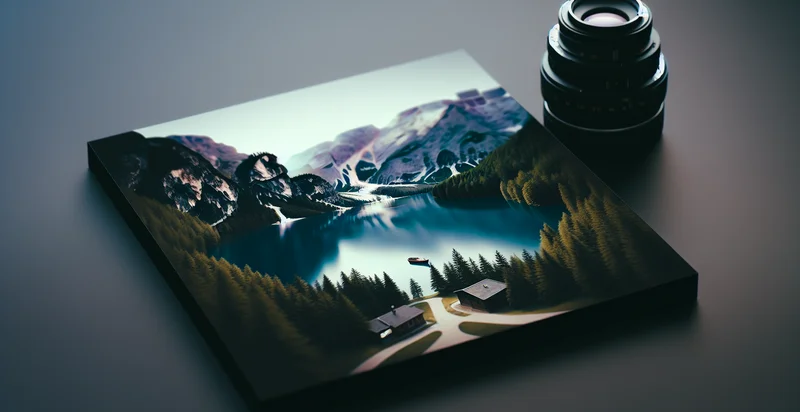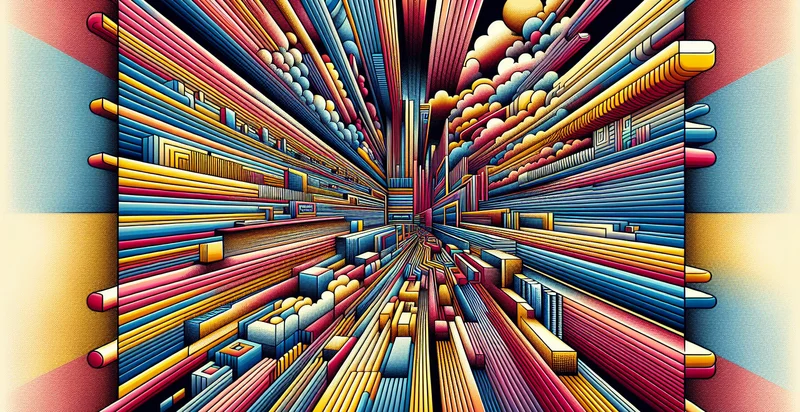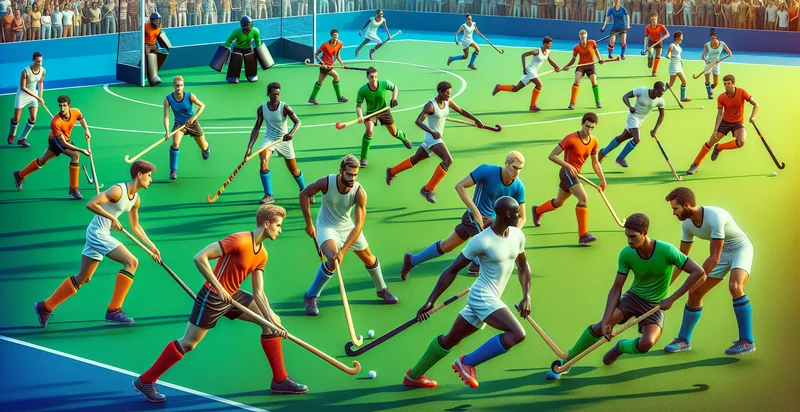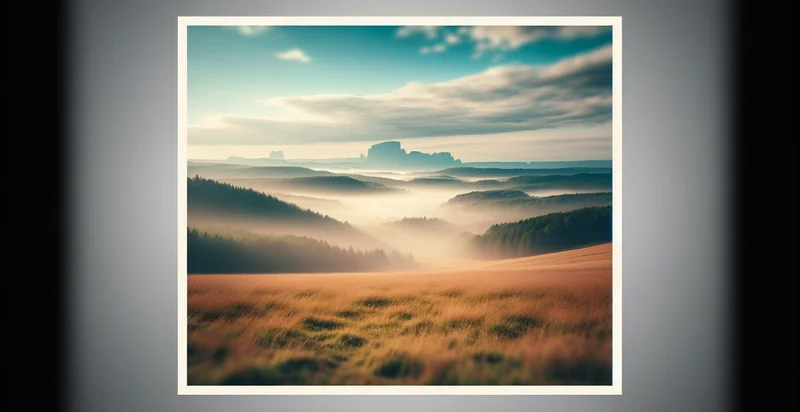Identify depth of field style
using AI
Below is a free classifier to identify depth of field style. Just upload your image, and our AI will predict the depth of field style in the image - in just seconds.


Contact us for API access
Or, use Nyckel to build highly-accurate custom classifiers in just minutes. No PhD required.
Get started
import nyckel
credentials = nyckel.Credentials("YOUR_CLIENT_ID", "YOUR_CLIENT_SECRET")
nyckel.invoke("depth-of-field-style", "your_image_url", credentials)
fetch('https://www.nyckel.com/v1/functions/depth-of-field-style/invoke', {
method: 'POST',
headers: {
'Authorization': 'Bearer ' + 'YOUR_BEARER_TOKEN',
'Content-Type': 'application/json',
},
body: JSON.stringify(
{"data": "your_image_url"}
)
})
.then(response => response.json())
.then(data => console.log(data));
curl -X POST \
-H "Content-Type: application/json" \
-H "Authorization: Bearer YOUR_BEARER_TOKEN" \
-d '{"data": "your_image_url"}' \
https://www.nyckel.com/v1/functions/depth-of-field-style/invoke
How this classifier works
To start, upload your image. Our AI tool will then predict the depth of field style in the image.
This pretrained image model uses a Nyckel-created dataset and has 5 labels, including Deep, Extreme Deep, Extreme Shallow, Medium and Shallow.
We'll also show a confidence score (the higher the number, the more confident the AI model is around the depth of field style in the image).
Whether you're just curious or building depth of field style detection into your application, we hope our classifier proves helpful.
Related Classifiers
Need to identify depth of field style at scale?
Get API or Zapier access to this classifier for free. It's perfect for:
- Photography Quality Assessment: This function can be used by photography platforms to automatically classify and assess the depth of field effect in submitted images. By analyzing depth of field styles, platforms can filter submissions, ensuring that only high-quality photographs meet the desired artistic standards.
- Content Creation for Marketers: Marketing teams can leverage this function to identify and select images featuring a specific depth of field style suitable for their campaigns. This targeted selection process ensures that visual content aligns with brand aesthetics and enhances audience engagement.
- Stock Photography Curation: Stock photography websites can implement this function to categorize images based on their depth of field characteristics. By improving categorization, users can efficiently search and find photos that meet their specific needs for creative projects, leading to a better user experience.
- AI-Driven Photo Editing Tools: Photo editing software can utilize this classification function to suggest depth of field adjustments automatically. By analyzing the depth of field style present, the software can enhance images with real-time recommendations to create a desired artistic effect, streamlining the editing process.
- Virtual Reality Environments: In virtual reality, realistic imagery is crucial for immersion. This function can classify and adjust images based on depth of field to enhance the user experience in VR applications by creating a more lifelike visual presentation that mimics real-world perception.
- E-learning Platforms: E-learning platforms can use this function to classify and tag images included in their courses based on depth of field effects. This allows for better visual support in lessons, helping learners understand concepts related to photography, art, or visual design more effectively.
- Social Media Post Optimization: Businesses can utilize this function to analyze and select images for social media posts that effectively leverage depth of field for increased visual impact. By ensuring that images capture the right focus and background blur, brands can improve engagement rates and enhance their storytelling through visuals.


